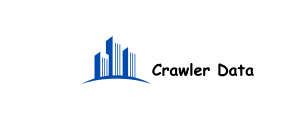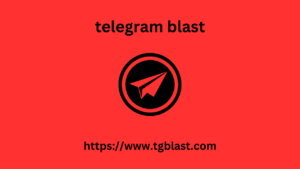Schemas in marketing are working less and less. As audience expectations and the diversity of new media grow, creativity and the optimal composition of the media mix become increasingly important. We suggest how to use non-standard formats to “boost” performance campaigns.
Marketing hates monotony. Following the beaten path works for a while. Companies that want to improve their results should pave new telegram blast paths and test less typical solutions. One way to break away from patterns in the key sales area of performance is to use non-standard channels in the media mix, such as DOOH, retail media, in-game advertising, AR ads or various formats in horizontal portals.
Performance mainstream vs non-standard channels
Performance marketing focuses on effects. It does not focus (although it does not exclude them) on long-term actions, such as improving the image or building organic traffic. The basic goal is immediate and measurable “specifics”: acquiring new leads, increasing user engagement or simply sales.
These are channels that provide wide reach, precise targeting, and considerable efficiency in achieving measurable results. At least in favorable circumstances. The final results depend on, among other things, budget, user base, skillful campaign optimization, and its creativity.
The advertising “mainstream” has huge advantages. It also has some disadvantages. It is very crowded, which translates into such burdens as:
- higher campaign costs, e.g. per-click rates in the case of CPC billing,
- greater difficulty in standing out from the crowd,
- limited personalization for niche topics and narrow audiences,
- greater difficulty in generating engagement (excessive advertising in popular channels discourages interaction),
- the risk of advertising blindness for a similar reason as in the above point,
- -less trust of the user, who is flooded with advertisements of varying credibility.
The benefits of expanding your media mix are actually the opposite of the above list. Presence in niche channels is associated with, among other things:
- lower costs,
- greater ease of standing out from the competition,
- the ability to reach narrower audiences, build trust, increase engagement, etc., etc.
Non-standard channels are a very broad category, and one that is also growing dynamically. It is developing along with new media, formats, platforms and technologies. For a brief review, we have selected several channels that are enjoying growing popularity and have considerable potential in acquiring customers from suitably narrowly defined areas – also on the Polish market.
Digital out of home (DOOH)
Digital out of home (DOOH) is simply digital outdoor advertising (or more precisely: “out of home”), broadcast both in outdoor and closed spaces. It is one of the youngest advertising channels, which includes many formats.
Example DOOH campaign locations include:
- places in public space: squares, streets, gas stations, airports,
- public transport: screens in buses, trams, metro, at bus stops,
- shopping malls: screens in corridors, at checkouts, in elevators,
- points of sale: shop windows, screens inside shops,
- catering outlets: bars, cafes, restaurants,
- event venues: concert halls, conference rooms, stadiums.
DOOH campaigns have a number of advantages:
- provide the ability to reach a mass audience offline,
- and at the same time, they enable advertising to be directed to specific target groups depending on location, time or other factors (e.g. weather or specific events),
- they attract attention and are harder to ignore than classic “ads” in “social media”,
- some DOOH media enable interaction, increasing user engagement,
- DOOH also allows you to track campaign effectiveness and analyze audience data.
“Outdoor” digital is rapidly gaining market share. The cumulative annual growth rate of this channel is estimated at over 13%. In Poland, DOOH’s share in saturate with communication media the outdoor advertising market increased from 5.4% in 2017 to 15.2% in 2021.
Retail media
Retail media allows advertisers to reach consumers where they are making purchase decisions, which increases campaign effectiveness. An additional benefit is data on consumer behavior, which can be used to optimize marketing activities and even more effective targeting.
Empik Ads
Empik launched its advertising platform in the fall of 2022. The service allows customers to run independent advertising campaigns in two variants: sponsored product and sponsored brand.
Both types of campaigns are settled in the CPC model. The Empik Ads platform allows you to monitor the effectiveness of advertising activities, including by checking the number of visitors and buyers and comparing the results of broadcasts from both categories.
The advertiser creates a campaign, specifies the budget, keywords, product groups, and ad format. When a user types in a keyword or browses database d products, Amazon’s system runs an auction, and the ad that bids the highest per click and meets certain quality criteria wins. The winning ad is displayed in the appropriate position in the search results or on the product page.
Amazon Ads currently offers eight products and ad formats. The most popular are:
- Sponsored Products: Product ads appear in search results or on product pages.
- Sponsored Brands: Display and video ads that appear above, next to, or within shopping search results,
- Sponsored Display: Display ads that appear on product pages or category detail pages, both on Amazon and other Amazon-owned sites such as Twitch and IMDb.

